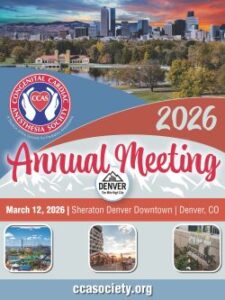{“questions”:{“2zvpu”:{“id”:”2zvpu”,”mediaType”:”image”,”answerType”:”text”,”imageCredit”:””,”image”:””,”imageId”:””,”video”:””,”imagePlaceholder”:””,”imagePlaceholderId”:””,”title”:”Author: Sana Ullah, MB ChB, FRCA \u2013 Children\u2019s Medical Center, Dallas
Question of the Week 356
{“questions”:{“zpume”:{“id”:”zpume”,”mediaType”:”image”,”answerType”:”text”,”imageCredit”:””,”image”:””,”imageId”:””,”video”:””,”imagePlaceholder”:””,”imagePlaceholderId”:””,”title”:”Authors: Peggy Vogt, MD and Stephanie Grant, MD \u2013 Emory University\/Children\u2019s Healthcare of Atlanta
Question of the Week 355
{“questions”:{“fn770”:{“id”:”fn770″,”mediaType”:”image”,”answerType”:”text”,”imageCredit”:””,”image”:””,”imageId”:””,”video”:””,”imagePlaceholder”:””,”imagePlaceholderId”:””,”title”:”Author: Michael A. Evans, MD \u2013 Ann & Robert H. Lurie Children\u2019s Hospital of Chicago, Northwestern Feinberg School of Medicine
Question of the Week 354
{“questions”:{“0kabl”:{“id”:”0kabl”,”mediaType”:”image”,”answerType”:”text”,”imageCredit”:””,”image”:””,”imageId”:””,”video”:””,”imagePlaceholder”:””,”imagePlaceholderId”:””,”title”:”Authors: Michael A. Evans, MD and Eric Vu, MD \u2013 Ann & Robert H. Lurie Children\u2019s Hospital of Chicago, Northwestern Feinberg School of Medicine
Question of the Week 353
{“questions”:{“odzkd”:{“id”:”odzkd”,”mediaType”:”image”,”answerType”:”text”,”imageCredit”:””,”image”:””,”imageId”:””,”video”:””,”imagePlaceholder”:””,”imagePlaceholderId”:””,”title”:”Author: Michael A. Evans, MD \u2013 Ann & Robert H. Lurie Children\u2019s Hospital of Chicago, Northwestern Feinberg School of Medicine
- « Previous Page
- 1
- …
- 37
- 38
- 39
- 40
- 41
- …
- 47
- Next Page »
